High-pressure boiler tube is a kind of boiler tube, belonging to the category of
seamless steel tube. The manufacturing method is the same as that of seamless tube, but there are strict requirements on the steel type used to manufacture steel tube. High-pressure boiler tube is often in high temperature and high pressure conditions when used. Under the action of high-temperature flue gas and water vapor, the tube will oxidize and corrode. The steel tube is required to have high lasting strength, high anti-oxidation and corrosion performance, and good organizational stability. High-pressure boiler tube is mainly used to manufacture superheater tubes, reheater tubes, gas guide tubes, main steam tubes, etc. of high-pressure and ultra-high-pressure boilers.
Basic information of high-pressure boiler tube
Specifications of high-pressure boiler tube: 6mm-1240mm×1mm-200mm
Manufacturing process of high-pressure boiler tube: precision drawing, bright, hot rolling, cold drawing, hot expansion
Introduction to high-pressure boiler tube
High-pressure boiler tube is a kind of boiler tube, belonging to the category of seamless steel tube. The manufacturing method is the same as that of seamless high-pressure boiler tube, but there are strict requirements on the steel type used to manufacture steel tube. High-pressure boiler tube is often in high temperature and high pressure conditions when used. High-pressure boiler tubes are mainly used to manufacture superheater tubes, reheater tubes, gas guide tubes, main steam tubes, etc. of high-pressure and ultra-high-pressure boilers.
Classification of high-pressure boiler tube uses
Used for heating surface tubes of low and medium-pressure boilers (working pressure is generally not more than 5.88Mpa, working temperature is below 450℃); used for heating surface tubes, economizers, superheaters, reheaters, petrochemical industry tubes, etc. of high-pressure boilers (working pressure is generally above 9.8Mpa, working temperature is between 450℃ and 650℃).
Manufacturing and uses of high-pressure boiler tubes
(1) Manufacturing methods:
① The general operating temperature of boiler tubes is below 450℃, and domestic tubes are mainly made of No. 10 and No. 20 carbon steel hot-rolled tubes or cold-drawn tubes.
② High-pressure boiler tubes are often in high temperature and high pressure conditions during use. Under the action of high-temperature flue gas and water vapor, the tubes will oxidize and corrode. The steel tubes are required to have high lasting strength, high anti-oxidation and corrosion performance, and good structural stability.
(2) Application:
① General boiler tubes are mainly used to manufacture water-cooled wall tubes, boiling water tubes, superheated steam tubes, superheated steam tubes for locomotive boilers, large and small smoke tubes and arch brick tubes, etc.
② High-pressure boiler tubes are mainly used to manufacture superheater tubes, reheater tubes, gas guide tubes, main steam tubes, etc. for high-pressure and ultra-high-pressure boilers.
High-pressure boiler tube heat processing technology
Heat treatment of high-pressure boiler tubes: 1. Normalizing: Normalizing temperature 880℃-940℃ (20G, 20MNG, 25MNG); Normalizing temperature 890℃-950℃ (15MOG, 20MOG)
Normalizing and tempering: Normalizing temperature: 900℃-960℃; Tempering temperature 680℃-730℃ (15CRMOG, 12CR1MOVG)
Heat treatment (Heat Treatment) - is a method of using heating and cooling to change the physical properties of high-pressure boiler tubes. Heat treatment can improve the microstructure of high-pressure boiler tubes to achieve the required physical requirements. Toughness, hardness and wear resistance are some of the properties obtained by heat treatment. To obtain these properties, it is necessary to use heat treatment operations such as hardening (also known as quenching), tempering, annealing (also known as quenching) and surface hardening.
Hardening (also known as quenching) - is to uniformly heat the high-pressure boiler tube to an appropriate temperature, and then quickly immerse it in water or oil for rapid cooling, or cool it in air or in a freezing zone to make the high-pressure boiler tube obtain the required hardness.
Tempering - After hardening, the high-pressure boiler tube will become brittle, and the stress caused by quenching and rapid cooling can cause the high-pressure boiler tube to break by a slight hit. To eliminate brittleness, tempering treatment can be used. Tempering is to reheat the high-pressure boiler tube to an appropriate temperature or color, and then quench it. Although tempering slightly reduces the hardness of high-pressure boiler tubes, it can increase the toughness of high-pressure boiler tubes and reduce their brittleness.
Annealing - Annealing is a method to eliminate the internal stress of high-pressure boiler tubes and harden steel parts. The annealing method is to heat the steel parts to a temperature higher than the critical temperature, and then put them into dry ash, lime, asbestos or seal them in a furnace to let them cool slowly.
Hardness - is the ability of a material to resist penetration by foreign objects. The more common method to test the hardness of high-pressure boiler tubes is to use a file to file the edge of the workpiece, and the depth of the scratches on its surface is used to determine the hardness. This method is called the file test method. This method is not very scientific. Using a hardness tester to test is extremely accurate and is a common method for modern hardness testing. The more commonly used test methods are Rockwell hardness test. The Rockwell hardness tester uses the depth of the diamond into the metal to measure the hardness of the high-pressure boiler tube. The greater the penetration depth, the lower the hardness. The depth of the diamond penetrating into the metal can be indicated by the pointer, which is called the Rockwell hardness number.






 English
English Español
Español بالعربية
بالعربية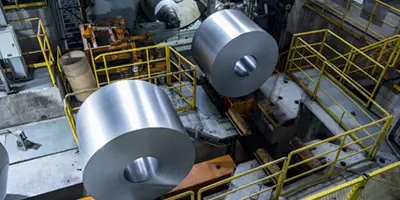

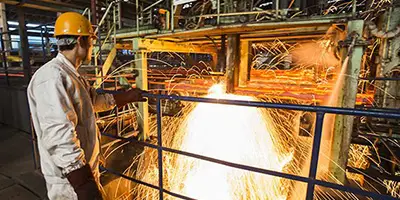
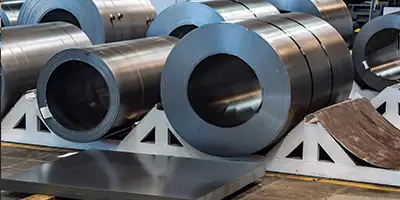

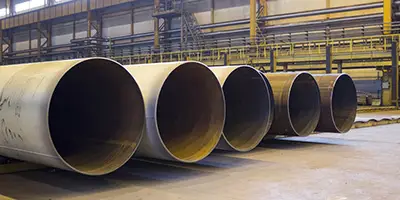
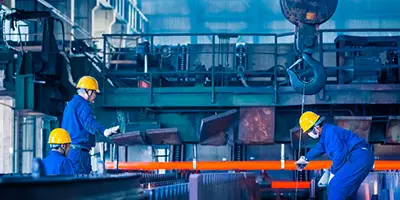
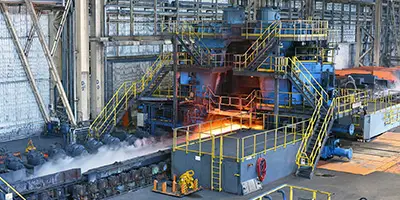
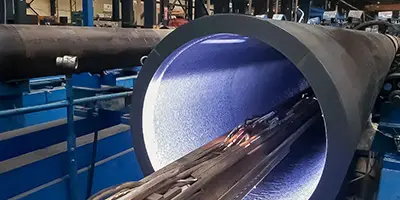
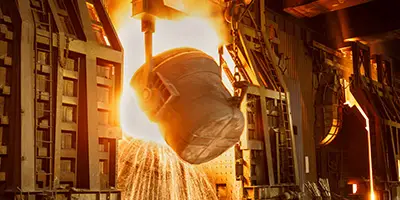

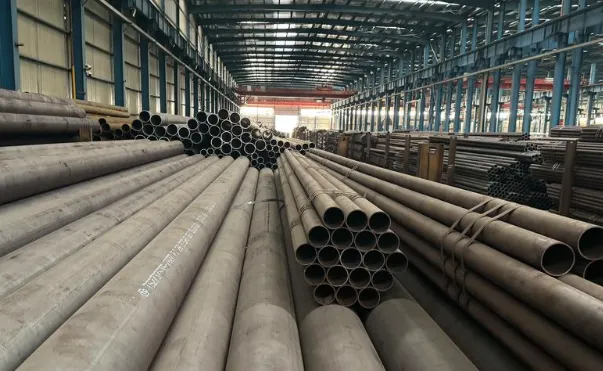
 Phone :
Phone :  Whatsapp :
Whatsapp :  Email :
Email : 


